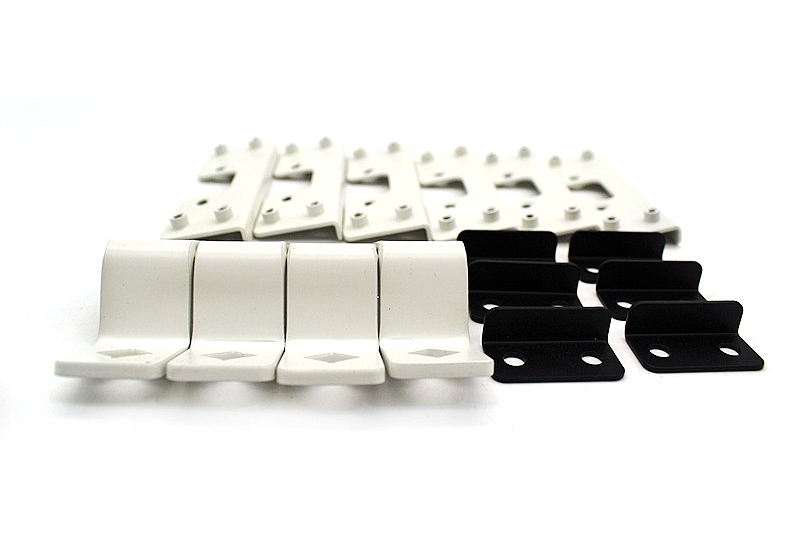What is CNC metal bending and how does it improve efficiency?
Introduction
CNC metal bending is a precision forming process that uses computer-controlled press brakes to create accurate, repeatable bends in sheet metal and plate components. By automating angle control, force application, and tooling movement, CNC systems eliminate many of the inconsistencies found in manual bending. This results in higher accuracy, faster cycle times, and significantly lower production waste—benefits that are crucial across modern manufacturing industries.
What CNC Metal Bending Involves
CNC bending begins with feeding a programmed model or flat pattern into a controlled system that ensures exact force, bend angle, and positioning. This programmable approach is especially beneficial when parts originate from upstream processes, such as laser cutting, or are integrated into larger assemblies that rely on sheet metal fabrication. The CNC controller compensates for springback, material hardness, and tooling geometry in real-time, ensuring uniform bend dimensions across large production batches.
Material choice also plays a critical role. Commonly bent alloys include cast aluminum, carbon steel, cast stainless steel, magnesium alloy, and high-performance materials such as Inconel 600. CNC systems automatically adjust parameters to match the mechanical characteristics of each material.
How CNC Bending Improves Efficiency
1. Greater Dimensional Accuracy
CNC-controlled punch strokes deliver exact angles and radii, reducing trial-and-error adjustments. This level of control is valuable for precision housings found in industries like consumer electronics and structural brackets used in aerospace.
2. Faster Production Speed
With programmable settings, operators can switch between jobs faster and maintain consistent cycle times. This is especially beneficial when combined with digital workflows such as prototyping or automated forming lines.
3. Reduced Waste and Rework
CNC bending minimizes errors caused by misalignment or improper tooling pressure. When paired with upstream processes like metal bending and downstream finishing options such as polishing or anodizing, the result is a cleaner workflow with minimal scrap.
4. Enhanced Multi-Stage Bending
Complex parts requiring progressive bends benefit from CNC sequencing. For example, structural components in telecommunication or automotive assemblies become easier to produce with fewer setup changes.
5. Consistency Across High Volumes
CNC automation eliminates human variability, ensuring every part meets specifications. This is vital for industries such as power tools, where component strength and geometry must remain uniform.
Surface Treatments Supporting CNC-Bent Components
Post-bending treatments including sandblasting and powder coating enhance durability and appearance. Proper finishing also ensures stable dimensional performance, especially for thin aluminum or steel structures.
Conclusion
CNC metal bending elevates forming quality and production efficiency through automation, precision control, and seamless integration with modern fabrication workflows. Its combination of accuracy, speed, and repeatability makes it a foundational process for industries requiring high-quality metal components.



